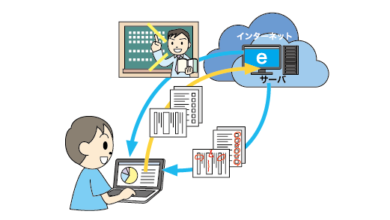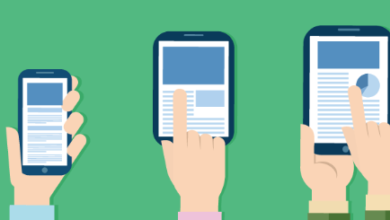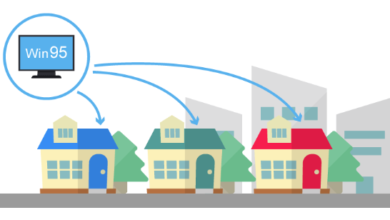What is e-learning?
What is e-learning? Explanation of the meaning, benefits, trends and learning materials (LMS) of e-learning
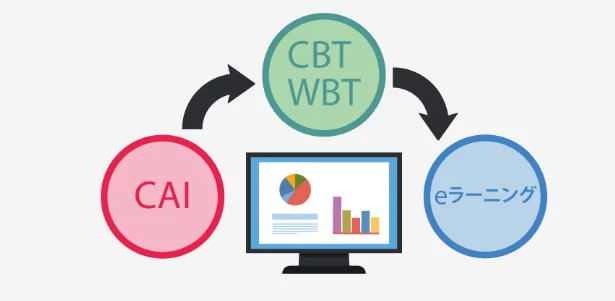
-learning (e-Learning) is a form of learning that is electronic, that is, learning using the internet on a computer, tablet, or smartphone . It mainly refers to learning that uses a learning management system ( LMS: Learning Management System ).
*LMS: Learning Management System.
A system that is the basis for implementing e-learning. It is a platform for distributing learning materials over a network and managing learning. Most LMSs consist of a learning function where students log in to learn, and a management function where teachers and administrators manage learning history and grades. It is the core system for providing e-learning, and is also commonly called an “e-learning system,” “e-learning platform,” or “online learning platform.” It is usually provided as a web service using web browsers such as Google Chrome, Safari, and Microsoft Edge. The term “learning management system” may give the impression that it is a system for managing learning, but rather than learning management for administrators, its main focus is to provide an easy-to-learn and highly effective learning environment for students.
E-learning trends
Anytime, anywhere, any number of times
In contrast to “real education” in which students gather at a specific location for classes at school or cram school, or for organizational human resource development, and lecturers give lectures to students in person, “e-learning” uses devices such as computers, tablets, and smartphones to learn over a network. It is a learning style that allows students to “receive education anytime, anywhere, and as many times as they like” without being bound by time or place.
Because it is a system that combines education with IT (information technology) and learning takes place via a network, the terms “educational IT,” “Web learning,” “WBT (Web-Based Training),” and “online learning” are often used interchangeably with e-learning.
With the spread of the Internet
The spread of e-learning in Japan dates back to around 20 years ago, around the year 2000, which was called the first year of e-learning. Large companies and some advanced companies started using e-learning for in-house training, and the knowledge, teaching materials, and content handled started with “IT literacy education” such as Microsoft Office (Word/Excel/PowerPoint), “various company rules” such as work regulations and other rules, business manuals, and safety and health, and “remarks and management policies from the president.” As technology developed, teaching materials and content using video and audio were also created, such as English conversation that takes advantage of the characteristics of multimedia and customer service etiquette through video. As a result, e-learning has achieved high cost reduction and improved training effectiveness in the field of in-house training.
It then began to be widely used in various educational services, such as educational institutions such as universities, cram schools, and qualification acquisition schools.
Towards “experiential learning” made possible by multiple devices
In the midst of all this, a big change is coming to devices. Smartphones and tablets are becoming explosively popular. Because the younger generation tends to use smartphones and tablets more than PCs, e-learning for young people, such as cram schools and prep schools, has become smartphone-compatible. This trend also has a big impact on in-company training.
Until now, it was necessary to study on a computer placed on a desk, but with smartphones and tablets, learning can be done at hand, so in-store and on-the-job training that was previously impossible – mainly customer service etiquette training, real-time sharing of work manuals, training of new staff, etc. – can now be carried out in the “workplace” rather than in a training room with a computer.
For these reasons, e-learning is expanding from the traditional style of “knowledge transfer and education” into the realm of “experiential learning,” which allows for more impressive and efficient learning through on-the-job experience and provides a learning environment that is directly linked to work results. E-learning is now entering a new stage.
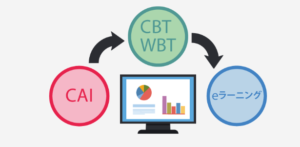
These are ” the spread of personal computers and the multimedia nature of learning ,” ” the broadband nature of the Internet ,” and ” the rise of smart devices .”

